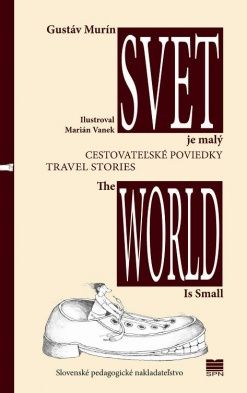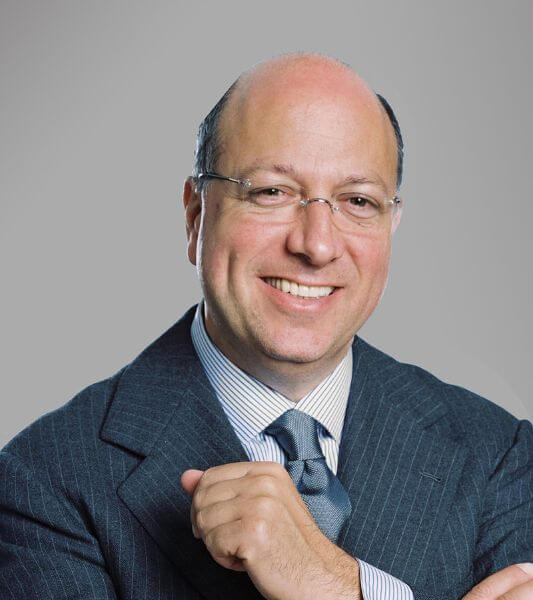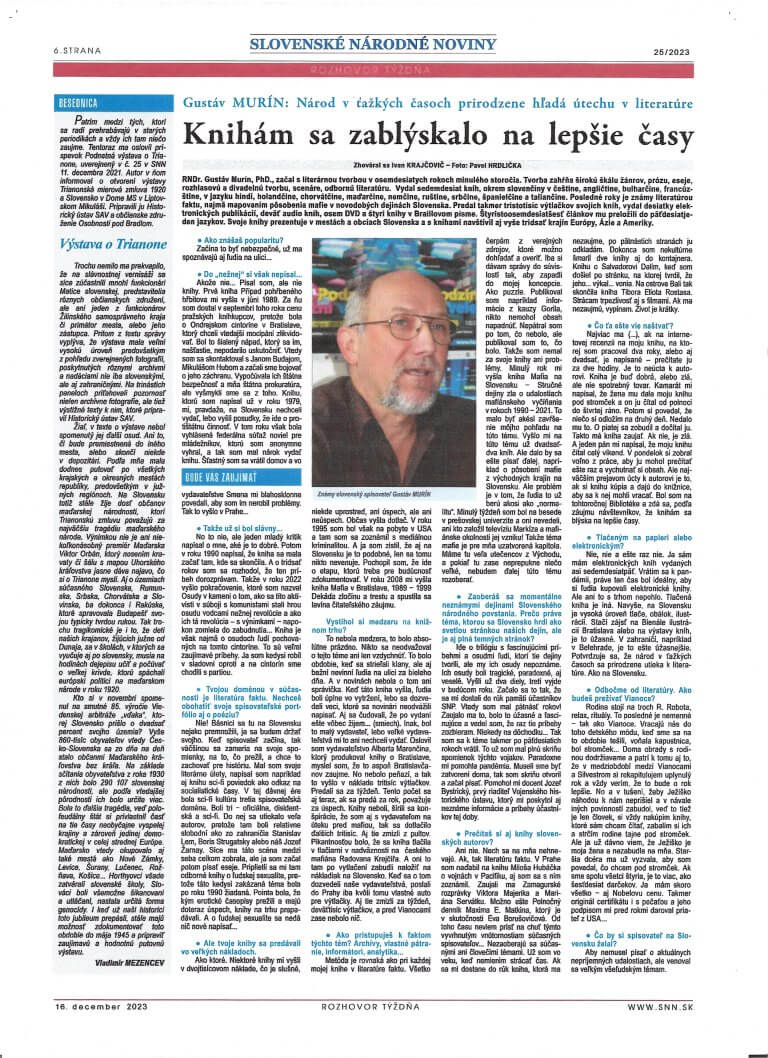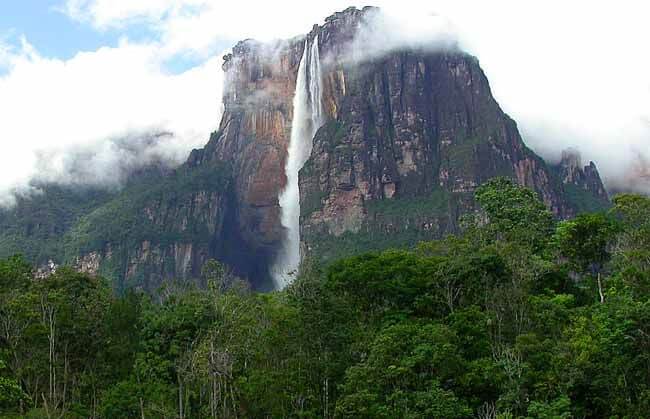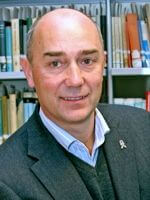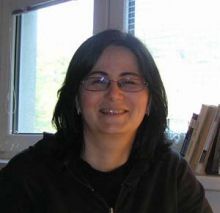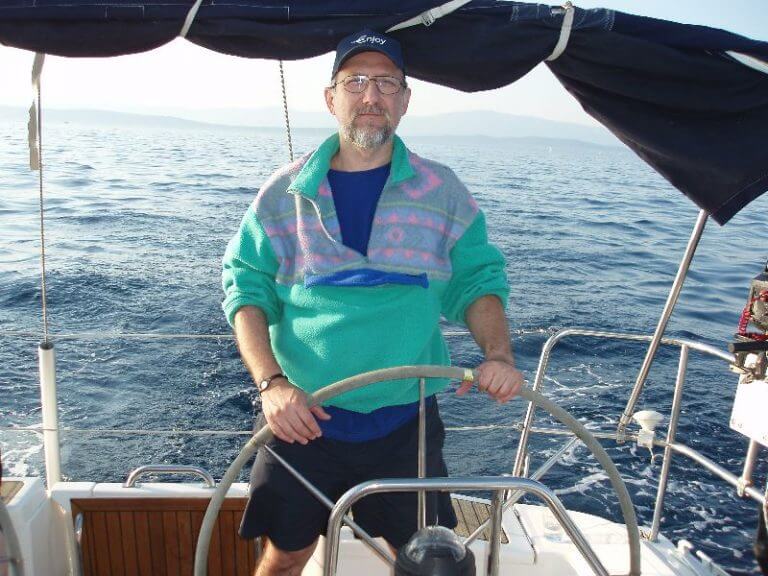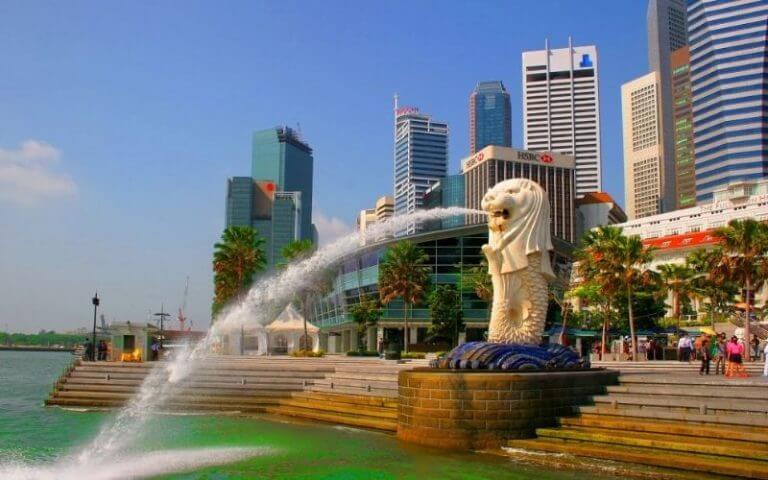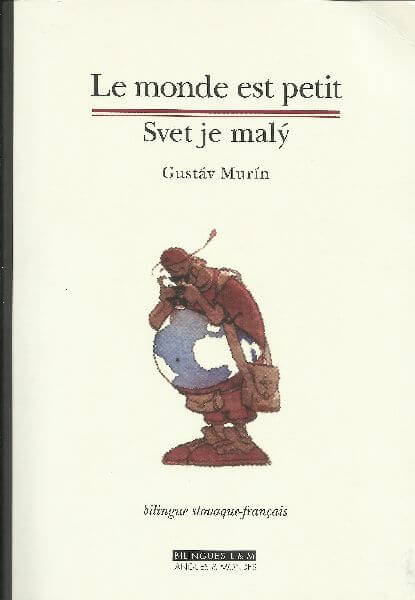Americans use their supermarkets as their second home. Malaysians aspire to be like Americans. Their currency used to be called the Malaysian dollar and even in written form it resembles the dollar sign. Our group of foreigners were given the opportunity to see what was the rightful second home for Malaysians. Four of us – a Finnish professor, a young German scientist and two Slovaks – explored a Malysian Megamart, which even included artificial canals with big boat tours. First we went to the food market. It had everything imaginable from all over the world, but it was difficult to find anything that could have been considered Malaysian. The next area was the luxurious cosmetics, offering the same brand names (and shelf arrangements) that one would find in London, Paris or New York, or even in Sofia, Prague, or Warsaw. It was not better in other departments.
Exhausted after looking at this global offerings in Malaysian style we decided to leave. That wasn’t easy. We all agreed that we had to take a taxi in order to get to the university campus. We also concluded that everywhere in the world taxis park in front of the main entrance. Unfortunately we couldn’t find the main entrance.

We climbed up and down four floors of this Megamart, finding every possible and impossible type of store, but not the main entrance. Several times we returned to our starting point and began all over again. Finally, we found three possible exits from this massive beehive of a building – one to a construction site, another to a gigantic children’s playground, and a third to a five-level underground parking lot. There were no taxis in front of any of them.
We were four university-educated, well-seasoned travelers with shopping experiences in virtually all the corners of the world but now we were at the end of our tether. After much tiresome wandering – fruitlessly asking surprised local shoppers who were hurrying to their cars – and increasingly heated arguments between ourselves about where to go next, we proceed, in the darkness, to the construction site and walked to a nearby highway. There, by chance, we flagged down a cab and – not in the best mood but happy to have the adventure over – went to our hotel. We retired to our separate rooms, each of us pondering on our clash with this blossoming civilization of the third millennium.
A few weeks later, when I told this story to my friends back home, the idea suddenly occurred to me that, of course, the Megamart did have a main entrance – we just simply failed to recognize it. We had even passed it a few times. It was that underground parking lot, a supergarage!
Well, in the past people may have gone to shops on foot. But today, huge, impersonal shopping malls sprout like aircraft hangars in the middle of concrete deserts. Like highways, they are far removed from where people actually live. Going to the supermarket without a car is tantamount to walking across a six-lane freeway.
In fact, that evening in Malaysia, everything was okay. Only we eccentric walkers, foreigners from Europe, didn’t realize that the main entrance of these stores of the future would forever be a multilevel, concrete tomb for cars – the mausoleum of the last, unknown walker.
From a book (see in E-book form here) by Gustáv Murín: Svet je malý/The World is Small – collection of travel stories in bilingual Slovak–English edition, SPN Publ., 2012.

